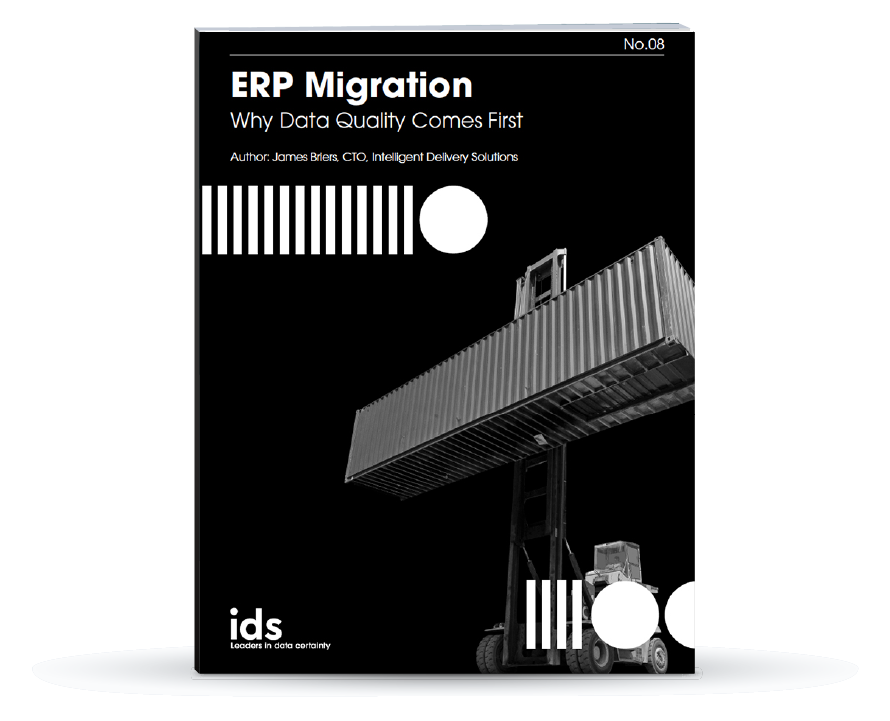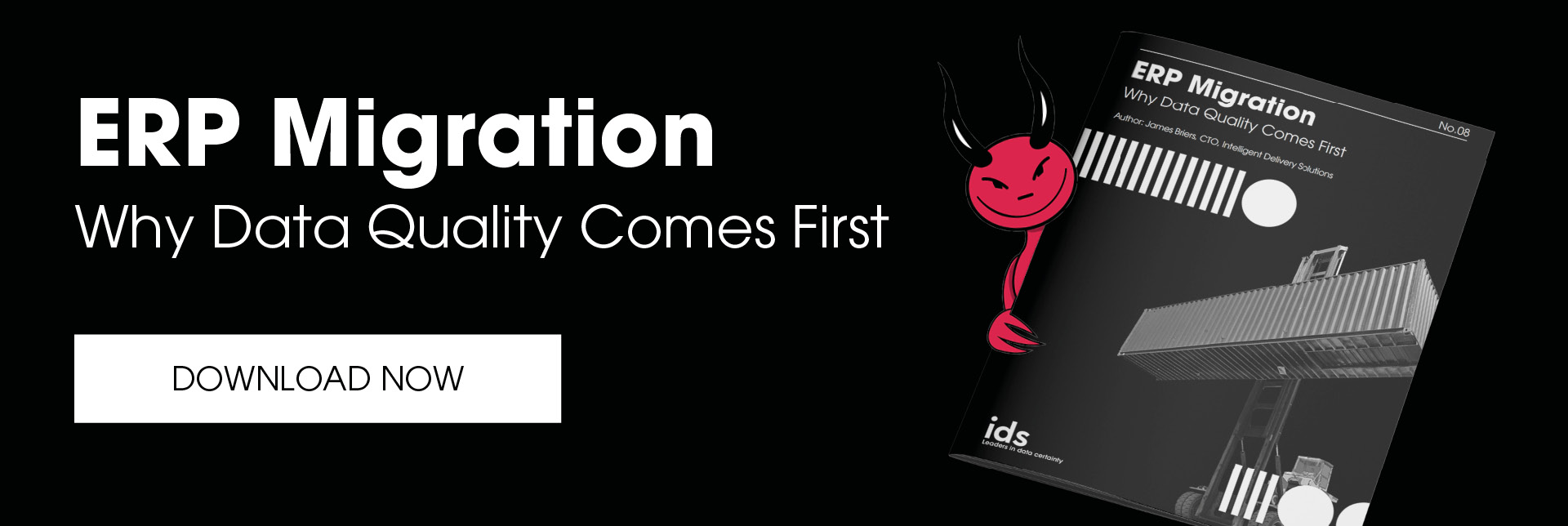4 Cloud Migration Challenges and Ways to Overcome Them
.jpg)
What is Cloud Migration? Why is it so Important?
Data is the new currency. The ability to use data stored in the cloud, to gain a competitive edge, is an essential element of modern business.
But, what is cloud migration itself?
Essentially, cloud migration is like moving to a new home. It’s the process of moving your data, applications and services from on-premise systems to a cloud infrastructure. Sometimes, this may be from cloud-to-cloud or edge-to-cloud.
Cloud migration is necessary for companies looking to take advantage of new technologies and remain relevant in the modern tech landscape. The move to the cloud helps organizations respond quickly to change with access to data from anywhere with an internet connection. This will allow them to be more agile in their response time and make changes competitively and quicker than ever before.
The Benefits of Hosting Data on a Cloud-Based Platform
Increased Efficiency for Competitiveness
Cloud repositories help organizations with on-demand data analysis, management and control. They make it easier for businesses in sectors from legal, finance and healthcare to manage their data quickly and ensure they have access to it at any time, and from anywhere, via the internet.
This ultimately empowers businesses to respond to rapid changes in their competitive environment with minimal management effort or service provider interaction.
Reduced Costs
Another of the benefits of hosting data in the cloud, is that it helps organizations realize tremendous savings against traditional storage systems. On traditional infrastructures, data costs are incurred, regardless of whether data is being used or not.
A cloud-based platform, however, simply charges users only when actively using the tools needed for analysis.
Data Security
The increased popularity of cloud storage can be attributed to many reasons, but one of the main reasons is its increased security. Cloud storage providers are able to protect data from cybercriminals with greater efficiency than traditional hosting because they have multi-layered security features in place with end-to-end encryption.
Equally, the segregated storage structure of the cloud provides increased security for your data. It’s, therefore, not stored locally, nor on an onsite server, which is typically vulnerable to hacking or theft.
The benefits of migrating to the cloud are significant and numerous. However, before enjoying these benefits, there are some cloud migration challenges to be aware of as the cloud migration process is not always a smooth and easy one.
The 4 Main Challenges of Cloud Migration
Lack of a Detailed Cloud Migration Strategy Plan
This is one of the most common cloud migration challenges that prevent businesses from fully reaping rewards of the cloud.
The process of data migration to cloud systems is complicated and needs a well-thought-out cloud migration strategy plan aligned to business objectives.
This plan should answer questions like ‘what is cloud migration and how will it benefit our business?’ to help understand what should be migrated, from which database or source, and how much it all costs.
Without a cloud migration strategy plan, you will suffer from delayed client delivery and performance. You will have no project navigation, implying that you’ll be unable to decipher your workload, timeline and KPI’s. Those responsible for implementation also won’t understand application requirements and security considerations. This will then cost time, money and fines from compliance breaches as a result.
Poor Data Quality Deflating the Effectiveness of the Migration
Data quality management is of the utmost importance when it comes to migrating data to the cloud.
Cloud data migrations are very complex, and a successful migration hinges on accurate, valid and updated data. The process should not be started without ensuring that data is in a good state.
By not paying attention to data quality from the start, this results in wasted efforts, resources, budget and time from migrating bad data. This can, however, be prevented by conducting a root-cause analysis of poor data quality, using tools like iData, to rectify any problems before it’s too late.
Security & Compliance Risks
Despite one of the benefits of hosting data in the cloud offering increased security, one of the opposing challenges of cloud migration involves retaining end-to-end security in DevOps during the process.
If security is not a priority in your chosen data migration assurance methodology, it will result in data compliance breaches. Individuals looking to help with data migrations end up tampering with data, seeing it as a straightforward task to fix. Yet, this will be spotted by regulators, incurring compliance fines and subsequent reputation damage.
Cost Management & Budget Overruns
According to Gartner, by 2024, more than 45% of IT spend on system infrastructure, application software, and business process outsourcing will shift to the cloud. Yet, any type of data migration project has been found to exceed the agreed budget by 25% -100% or more.
This is often due to a lack of proactivity surrounding poor data quality festering in legacy systems. The problem, can therefore, persist post-migration if data quality is not fixed sooner.
Capabilities for Successful Cloud Migration
Data Automation
The cloud is the future of data storage and data automation is the fundamental capability for efficient and successful cloud migrations.
Before you get started on cloud migration, establish benchmarks for success to decide how DevOps teams will keep things running and how they will work with new instrumentation and tools.
Automated testing, and stress-testing, of applications assist DevOps teams, certifying that the migration is complete, and successful without any errors or risks to data. This ensures that any application can be updated, migrated, or switched over to a new version without any issues affecting operational costs or efficiency.
Data Cleaning
This is one of the most essential steps in improving poor data quality for a successful cloud migration and executing profitable strategic decisions.
There are many best practices to improve data quality to defeat cloud migration challenges, and cleansing ensures healthy data exists in both legacy and new cloud systems.
Data cleansing speeds up analysis and model creation by de-duplicating, filling in whitespace and removing unwanted values through pre-canned transformation scripts.
By using data cleansing tools, like iData, this speeds up cloud migration and sets up organizations with a more comprehensive cloud system to base profitable decisions on.
Data Profiling
Data profiling, must be executed to continually examine and summarize data from existing sources.
This technique helps to visualize data problems in a dataset before transforming it ahead of cloud migration. The process is often applied to large datasets which would otherwise be time-consuming and costly to analyze.
When examining datasets, data profiling helps identify data errors and inconsistencies, noting any minor or major anomalies, missing or duplicated values. It's also important to analyze trends in data through careful examination of variables that may have significance for the business.
Data quality health checks are useful exercises using profiling to prevent future inaccuracies by detecting and profiling anomalies or errors in data.
Data Assurance
After cleansing, profiling and mapping, application quality assurance is performed in non-production environments. QA processes are worthwhile to identify potential risks caused by cloud migration challenges to inform teams of how best to mitigate them. This allows data scientists to conduct realistic testing of the new cloud database in compliance with data management regulations.
As an essential stage in data assurance methodologies, like Kovenant™, QA validates data quality before, during and after cloud data migrations by ensuring datasets are present and complete and of a high quality.
Cloud migrations come with many challenges and costs, but there are solutions that can make it easier. IDS' software includes everything needed to overcome these challenges when migrating data from one cloud service to another - including a digital transformation assurance engine, data quality management and inbuilt security, and analytics.
Book a free consultation to learn how IDS provides you with the guidance and expertise needed and agile framework, Kovenant™, to ensure that your business is well-prepared for its new technology, no matter your industry.

Why Data Quality Comes First Before any ERP Migration
Chief Technical Officer, James Briers, sheds light on the challenges consultancies must be aware of before committing to complex ERP migrations.


.jpg?width=1200&name=IDS_Website-Image47_(1200x628).jpg)

.jpg?width=1200&name=IDS_Website-Image48_(1200x628).jpg)
